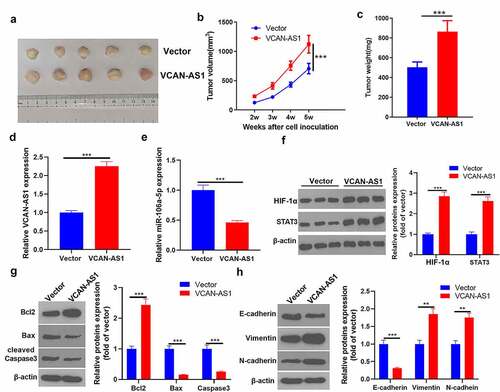Figures & data
Table 1. The clinicopathological characteristics of the 40 breast cancer patients included
Table 2. The primer sequences for RT-PCR
Figure 1. Expression characteristics of VCAN-AS1 and miR-106a-5p in BC tissues and cells
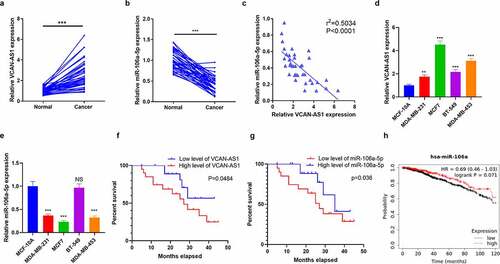
Figure 2. VCAN-AS1 targets miR-106a-5p
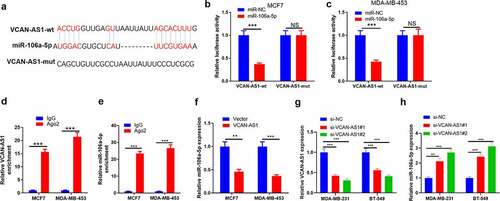
Figure 3. Effects of VCAN-AS1 and miR-106a-5p on BC cell proliferation and apoptosis

Figure 4. Effect of VCAN-AS1 and miR-106a-5p on BC cell migration, invasion and EMT (a-b)
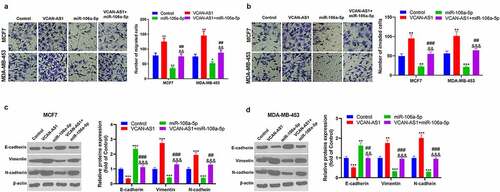
Figure 5. STAT3/ HIF-1α is the downstream target of miR-106a-5p
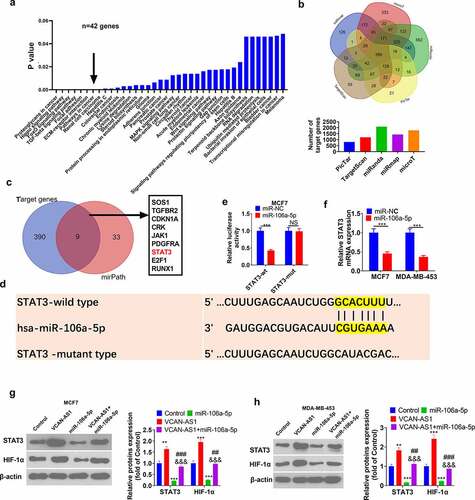
Figure 6. Activating the STAT3 pathway reverses miR-106a-5p-mediated antitumor effects
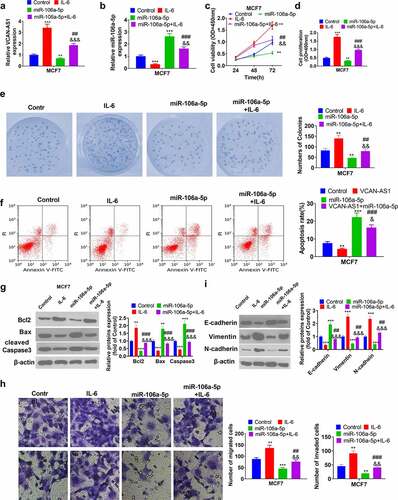
Figure 7. Overexpression of VCAN-AS1 promotes tumor growth and EMT by regulating the miR-106a-5p/STAT3/HIF-1α pathway
